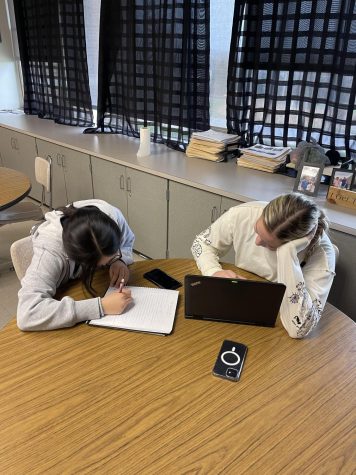How to Introduce Your Dog to Another Canine
February 20, 2020
 When introducing two dogs to each other, it can get a little hectic. Things can get quickly out of hand if you don’t follow these basic tips and precautions. First impressions are huge for any kind of dog, so the first few interactions between the dogs set the tone for their entire relationship.
When introducing two dogs to each other, it can get a little hectic. Things can get quickly out of hand if you don’t follow these basic tips and precautions. First impressions are huge for any kind of dog, so the first few interactions between the dogs set the tone for their entire relationship.
The first step to take is simple, you have to have the right mindset going into it. You have to be patient as the dogs don’t always get along the first time they meet, sometimes it can take them weeks to months. Throwing them together in the back yard and letting them work it out can lead to heartbreak, and occasionally serious injury, if the integration fails.
Next, you have to ensure that both dogs are on a leash, and in mutual territory. If a new dog enters another dog’s territory, things can go extremely wrong. You can take the dogs on a walk or have them meet at a park to keep things safe. Once the dogs seem comfortable, you can let the leashes go, but make sure to stay close. The idea is to acclimate them to each other’s presence without causing tension. End each initial session on a good note!
After the first few hangouts of the dog’s initial meeting, when they’re more comfortable with each other, take the next step: have the dogs meet at home. First in the yard, then inside the house. Bringing a new dog inside to meet your dog can create a negative reaction. Keep each interaction short and pleasant. If there are signs of tension, separate the dogs and try again later. Remember that the introduction will set the tone for their relationship, so it’s important to set everyone up for success.
Lastly, always make sure to keep the dogs separated when you’re not in the room to watch them. This prevents fighting, injuries, and your new dog from developing new behaviors.
In multi-dog households, there isn’t usually a dominant dog or submissive dog. Reward polite behavior and manage the environment to prevent conflicts from developing.






